
Could HIV Self-Test Products Be the Next Home Testing Market to Explode?
- Time of issue:2023-03-01
- Views:
(Summary description)Human immunodeficiency virus (HIV) has been a major global public health challenge since its discovery in the 1980s.
Could HIV Self-Test Products Be the Next Home Testing Market to Explode?
(Summary description)Human immunodeficiency virus (HIV) has been a major global public health challenge since its discovery in the 1980s.
- Categories:Blogs
- Author:AIVD
- Origin:
- Time of issue:2023-03-01 16:08
- Views:
According to the World Health Organization (WHO), there are 38.4 million cumulative HIV infections worldwide in 2021. 1.5 million people are infected with HIV in 2021.
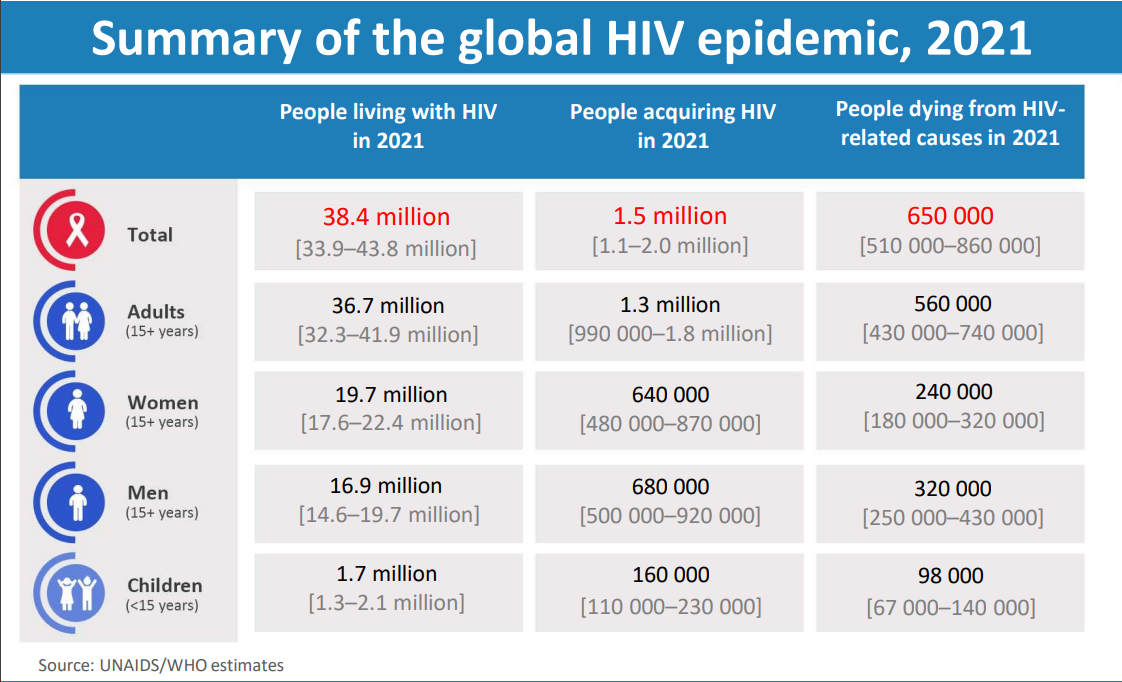
Another reassuring figure from the WHO report: a 52% reduction in deaths the following year compared to 2010. Advances in treatments such as antiretroviral drugs and long-acting therapies have allowed people living with HIV to lead largely normal lives. But sadly, in the pharmaceutical world, hope for an HIV vaccine remains elusive.
A key determinant of patient health is the early diagnosis of HIV. Early diagnosis not only reduces the rate of possible transmission but also allows for early treatment and reduces the chance of developing autoimmune deficiency syndrome (AIDS).
According to the UK Health and Safety Executive, the proportion of late diagnoses between 2020 and 2021 has increased compared to previous years. While much of this can be attributed to the disruption of some testing due to the pandemic, the overall trend remains for fewer tests to be performed - 266,746 fewer people will be tested in 2021 than in 2019.
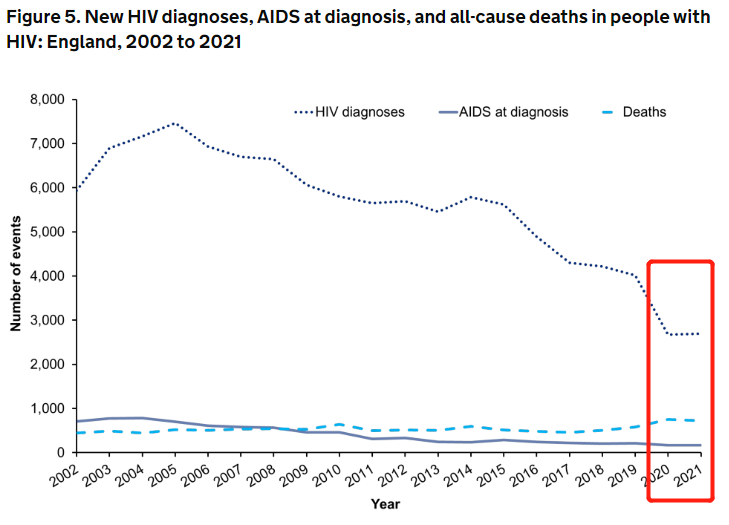
HIV testing capacity is key to the public health sector's ability to control transmission. In a market size forecast model compiled from Pratt & Whitney Big Data and third-party public data, the global HIV testing market is worth $1.8 billion in 2022 and is expected to increase to $2.4 billion by 2033, a compound annual growth rate of 1.5%.
If HIV testing gradually recovers from the disruption of the Covid-19 pandemic, what products could drive related business growth? Easy-to-use, fast HIV self-testing may provide the answer.
Why self-testing
HIV self-testing is usually done by testing for HIV antibodies from a finger blood sample. These can be purchased at pharmacies or online and performed in a home setting, and the length of the test result varies from manufacturer to manufacturer and technology to technology, but 15-40 minutes is the usual range. The window for self-testing is long - it can detect HIV 18 to 90 days after exposure, so repeat testing is especially critical.
Different assay technologies currently dominate different market shares. In 2022, enzyme immunoassays and nucleic acid amplification account for $1 billion and $415 million in market size, respectively. However, these tests require specialized personnel to obtain samples and then perform laboratory analysis.
Clearly, Home self-testing is well-positioned to become a major driver of the HIV testing market. The HIV self-testing market itself is expected to reach nearly $500 million by 2027, according to a market size forecast model compiled from Prudential Big Data and third-party public data.
The COVID-19 Pandemic Raises Concerns
The Covid-19 pandemic has not only led to a partial disruption of testing but has also raised public awareness about self-health management, including sexual health.
As the access to health care varies by country and region, a clear example of the prevalence of patient awareness of self-health status is the Covid-19 antigen test kit. And we believe the popularity of using self-testing kits to monitor one's health has expanded to other areas, including HIV, HPV, TP, and numerous other blood-based diseases.
Globalization in Action
As many governments attempt to encourage HIV testing, the frequency and scenarios for its rapid and easy use of self-testing are climbing. The advent of numerous related therapies is also making more people aware that this is a relatively manageable disease unlike 20-30 years ago
In July 2022, WHO released its strategy report on HIV response, noting the importance of self-testing as a way to address transmission and obtain an early diagnosis. At the same time, UNAIDS, the UN arm for HIV/AIDS, aims to phase out AIDS as a public health problem by 2030. Between 2017 and 2020 alone, the number of countries implementing HIV self-testing-related policies worldwide tripled.
For example, in February 2023 the United Kingdom's NHS operates part of a national HIV testing campaign that offers free rapid HIV testing to the public.
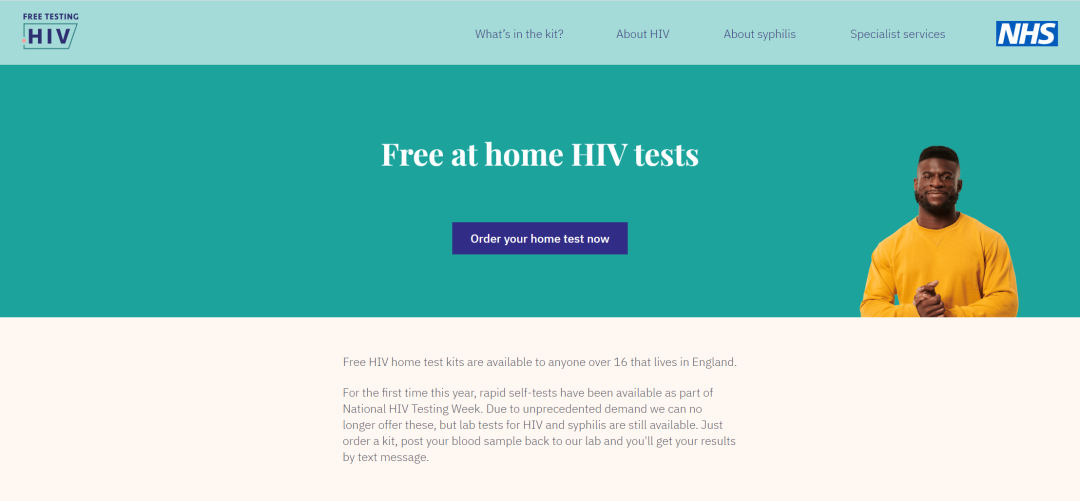
The U.S. is the largest HIV testing market, and while much of the public health effort and resources were tied to Covid-19 during the pandemic, based on numerous third-party public data compiled by Privilege Big Data, the U.S. market for this single category of disease testing alone is estimated to be nearly $1 billion in size by 2033 as the post-epidemic era approaches.
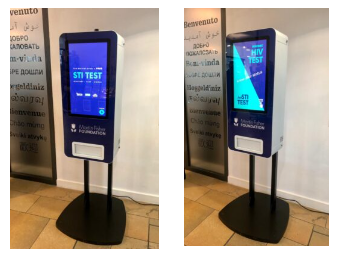
And the continued investment of resources is not limited to the West either; despite the high prevalence in Africa, government health departments there continue to wage a battle against HIV. In sub-Saharan Africa, people are beginning to learn about their health status thanks to the convenience of self-testing, and more and more vending machines are being deployed that sell HIV self-testing kits, which we might have imagined would only be found in public places in developed regions like Europe and the United States. appearing in African countries and regions such as Zambia.
Future challenges
First, for HIV, highly sensitive detection products, paired with proper usage, are the foundation of all, and the use of self-testing products requires some user education costs and promotion.
In addition, according to a report jointly released by Unitaid and WHO, it is expected that by 2025, only middle- and low-income countries will need tens of millions of tests to support, and for the global presence of testing demand is even greater by 2030, which is a huge challenge for the regulatory side and supply side, which shows that the market-based adjustment mechanism is also an important means to effectively intervene in HIV transmission.
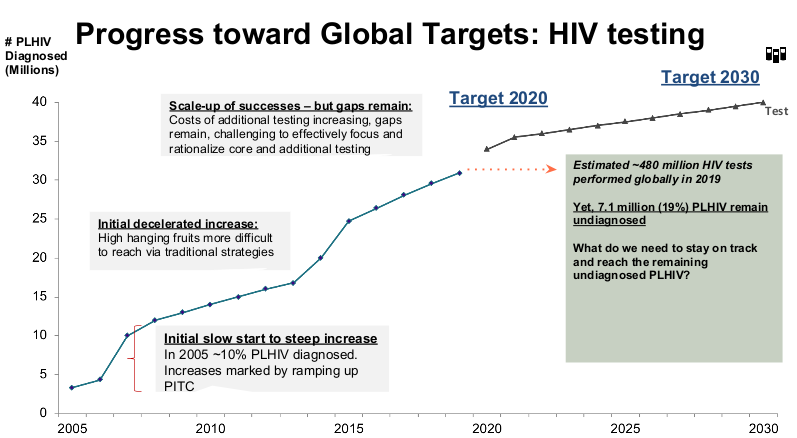
Meanwhile, a study from The Lancet showed that online health services, social media, mobile apps, and vending machines have increased the use of HIV self-testing kits, especially reaching previously hard-to-reach populations. Similarly, according to the NHS, online testing demand accounts for 98% of the growth in the number of tests between 2020 and 2021. This is a key factor driving the market to its current size - how best to incorporate digital tools to reach users.
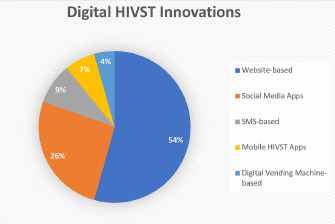
With the public's focus on self-management of health and the global trend to implement relevant policies, HIV self-testing will undoubtedly play an integral role in the future landscape of the HIV testing market.
Related news
Shenzhen AIVD Biotechnology Co. , LTD.
A4 Building 4th Floor / B5 Building C501, China Merchants Bright Technology Park, Fenghuang Street, Guangming District, Shenzhen, Guangdong Province, China
E-mail:
market@aivdbiotech.com
info@aivdbiotech.com
Tel: +86-755-26165742 +86 18543132823
WhatsApp:+86 18543132823
© 2022 Shenzhen AIVD Biotechnology Co.,LTD. 粤ICP备18093805号









